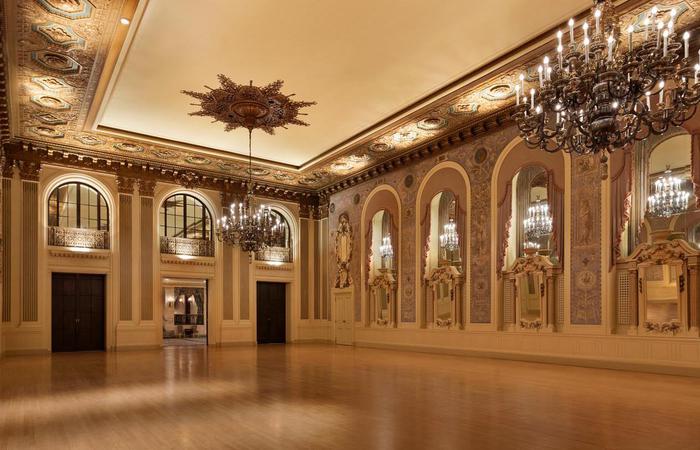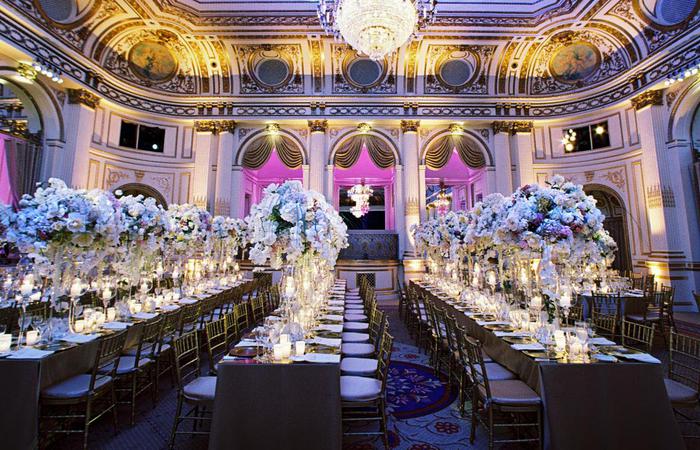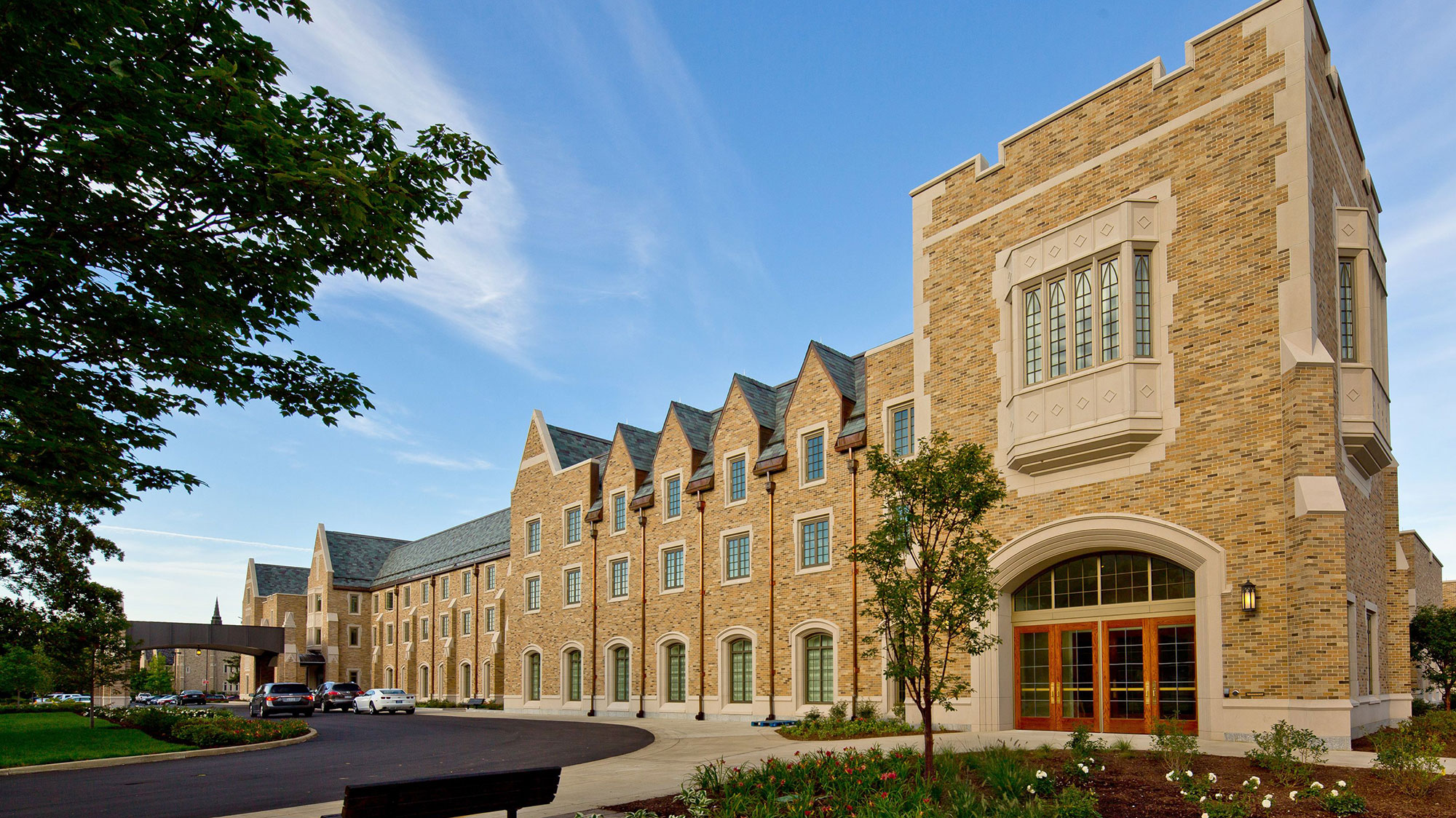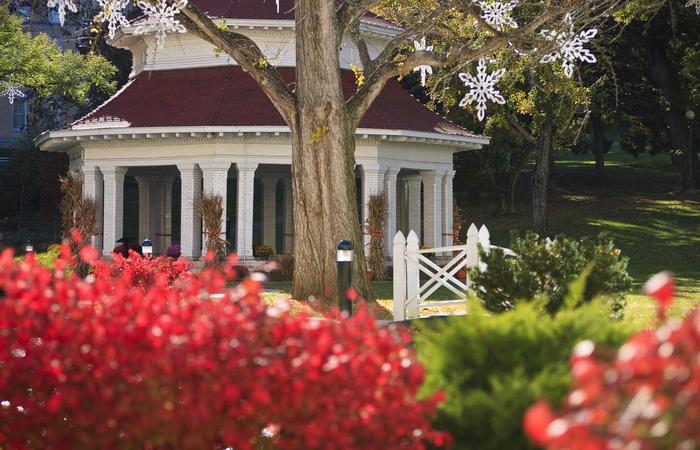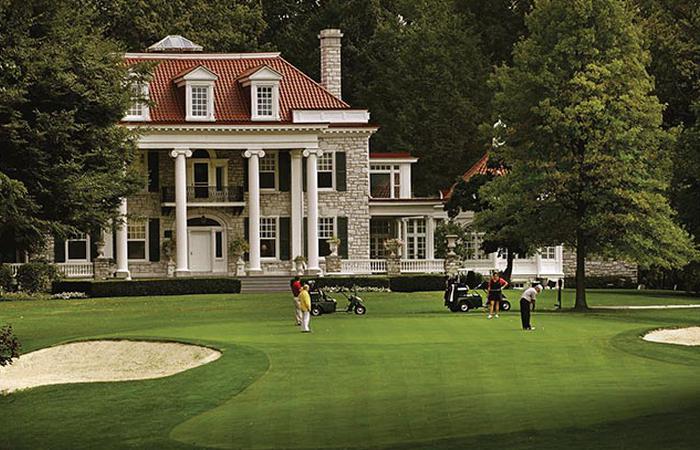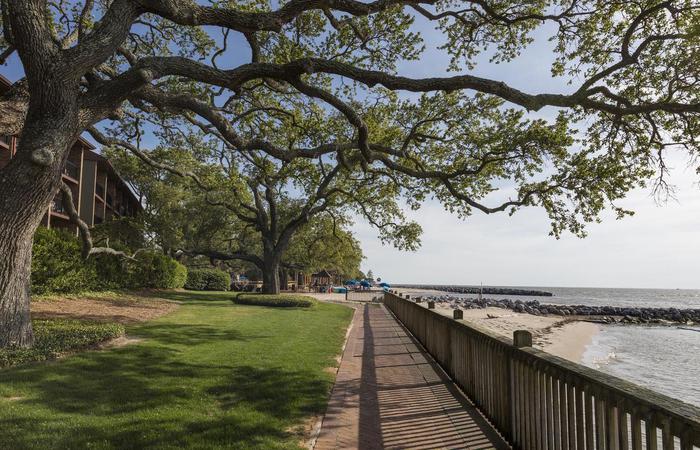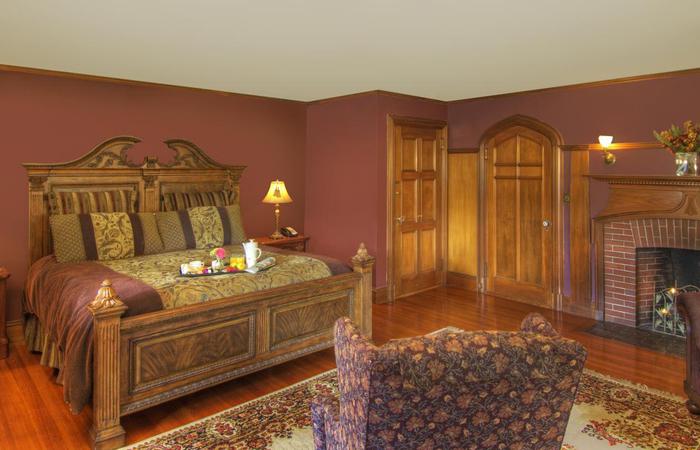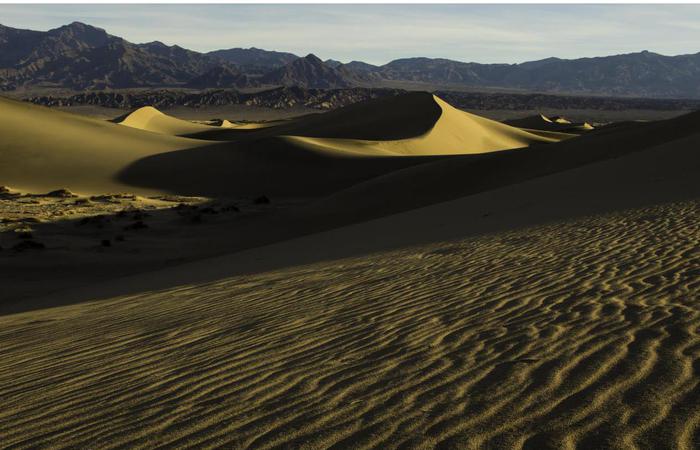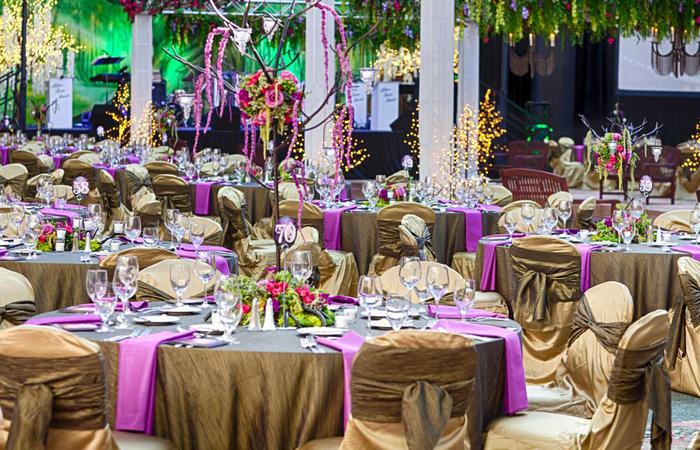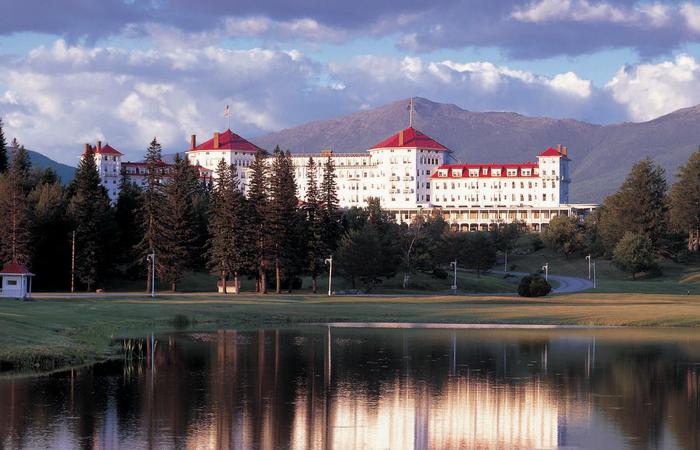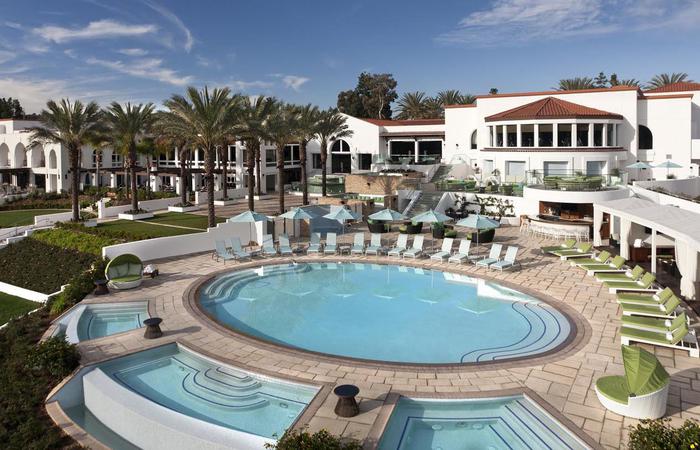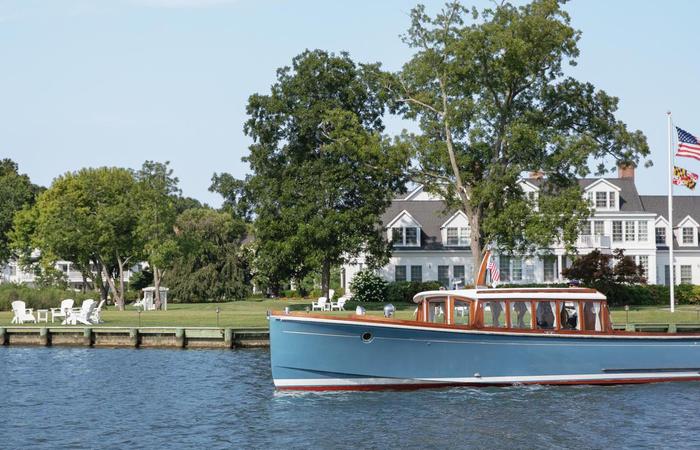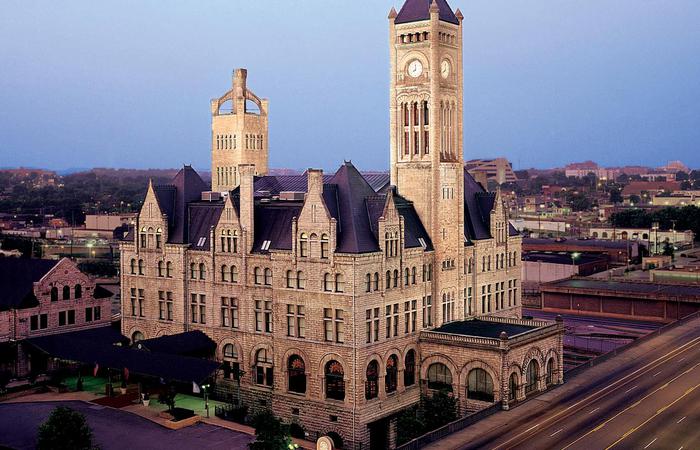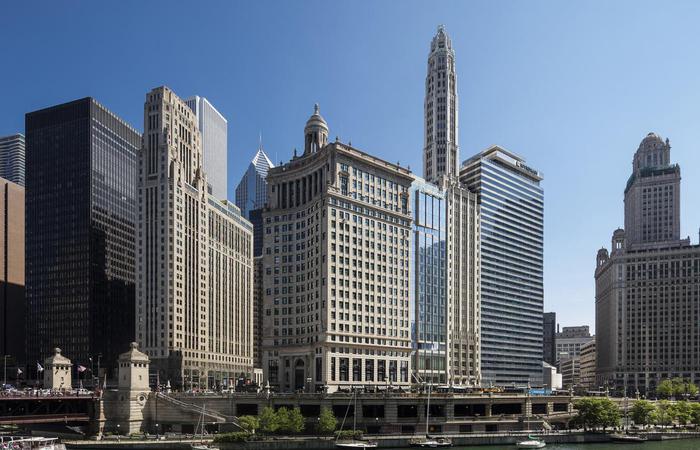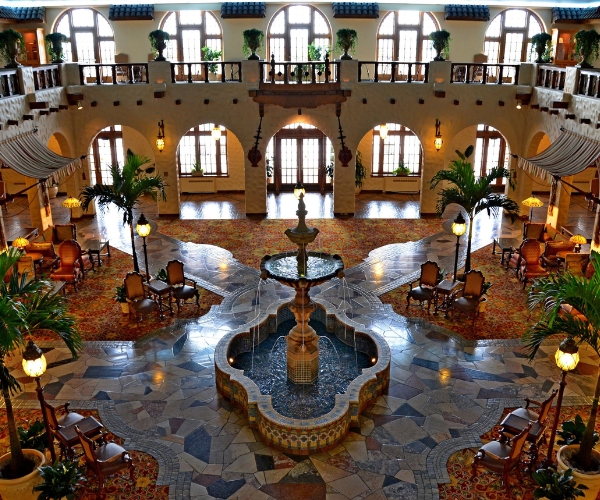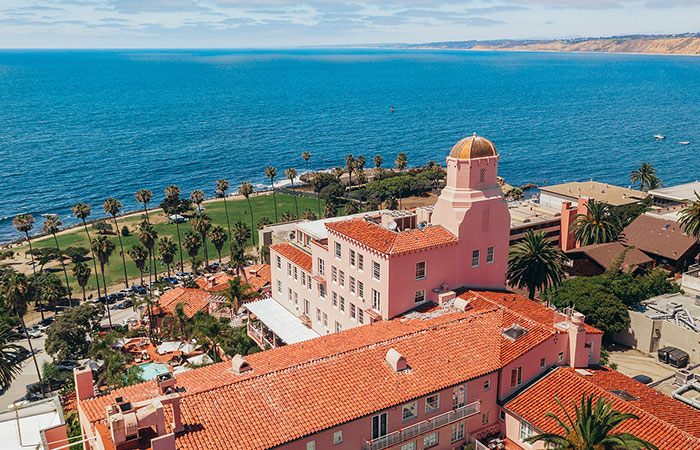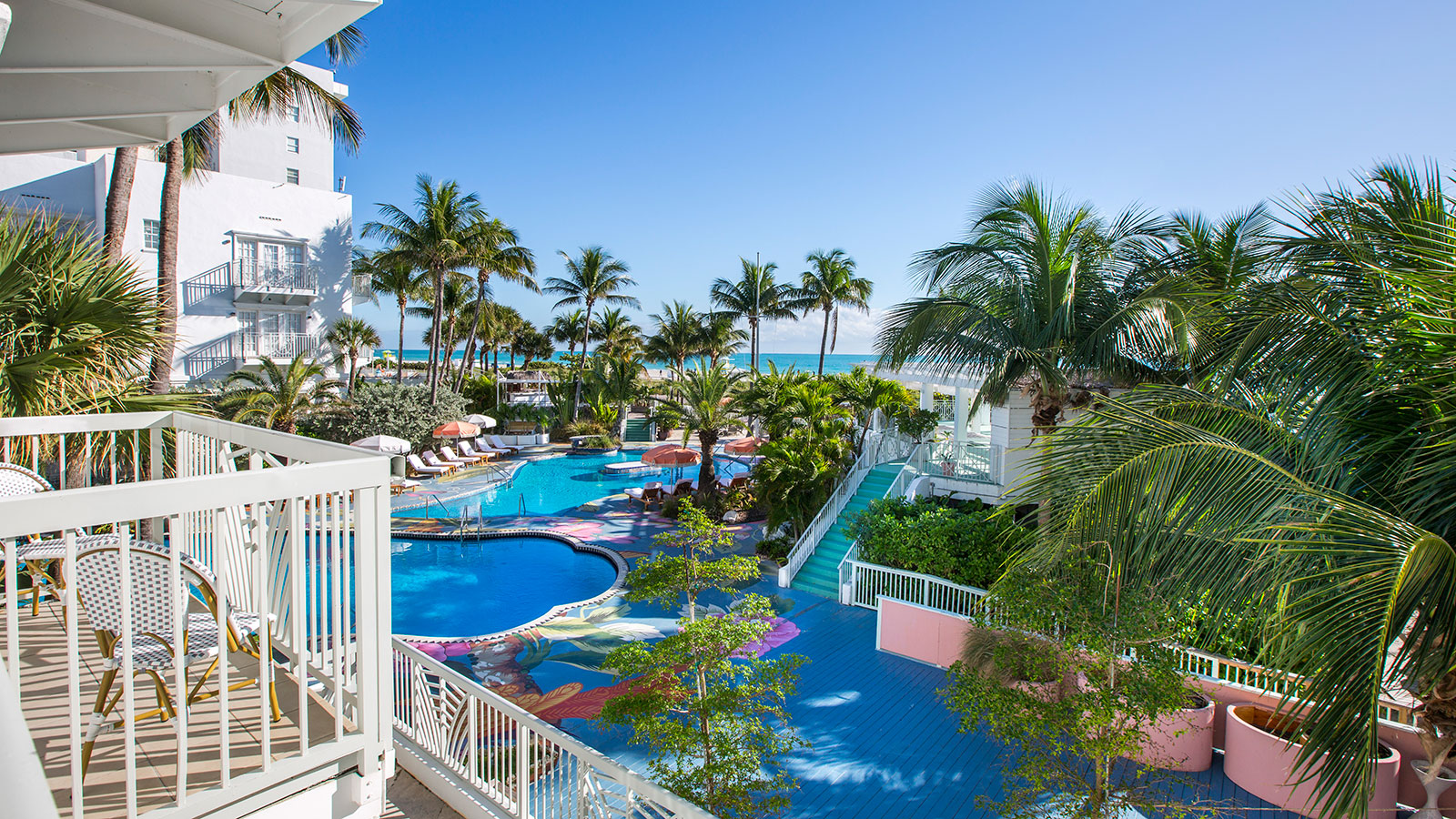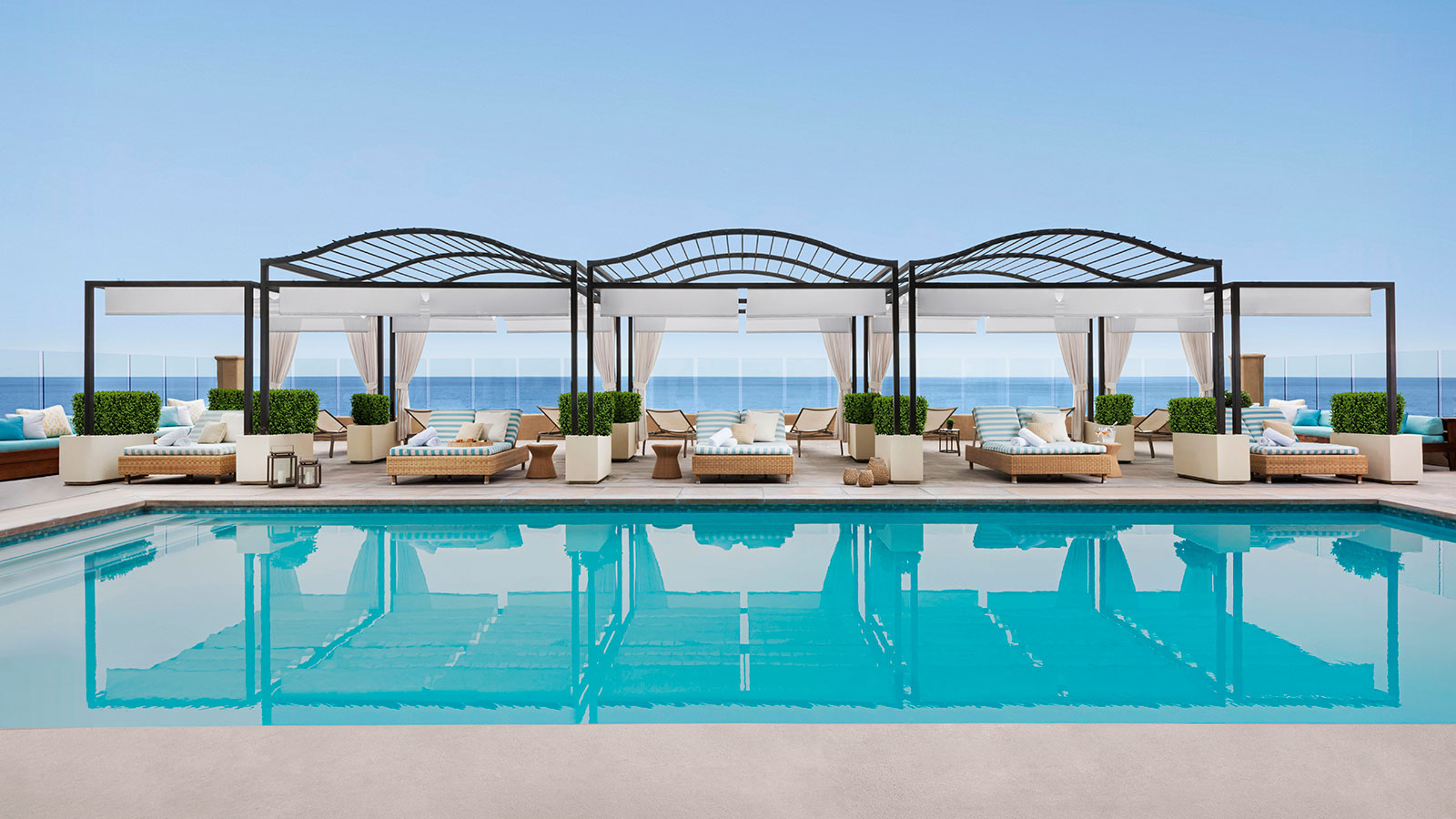Receive for Free - Discover & Explore eNewsletter monthly with advance notice of special offers, packages, and insider savings from 10% - 30% off Best Available Rates at selected hotels.
historic laguna beach hotel
Discover Surf & Sand Resort Laguna Beach, which was once the haunt for such personalities like Peter Ustinov, Joe Namath, and Reverend Billy Graham
Surf & Sand Resort Laguna Beach, a member of Historic Hotels of America since 2021, dates back to 1948.
VIEW TIMELINEA member of Historic Hotels of America since 2021, Surf & Sand Resort Laguna Beach is a cherished historical icon in the community of Laguna Beach, California. Originally opened in the wake of the Second World War, this spectacular venue has played host to many illustrious figures for nearly a century. Surf & Sand Resort Laguna Beach debuted at a time when the coast of southern California was rapidly transforming into one of the most sought-after holiday destinations in the entire world. Laguna Beach itself had been central to this transformation, as it had long been a place for those who yearned to experience the best in rest and relaxation. Starting in the late 1880s, vacationers from across the American Southwest had ventured to the community to construct a few quaint seaside cottages. Artists numbered among the first to arrive, the most notable of which was the great Norman St. Clair. Impressed with its picturesque landscape and tranquil atmosphere, St. Clair quickly spread word of Laguna Beach and its surrounding environs to his fellow colleagues. Other artists heeded his word and established their own seasonal residences in the area, such as William Wendt and Edgar Payne. But his comments also reached the ears of enthusiastic tourists from all over the country. Hundreds of people sojourned out to Laguna Beach each year, reinforcing the community’s reputation as a prominent holiday destination.
Soon enough, news of its calming atmosphere and gorgeous geography were attracting the likes of Hollywood superstars, including Bette Davis, Judy Garland, Charlie Chaplin, Mary Pickford, and Mickey Rooney. Their arrival to the region caused an initial real estate boom that lasted through the first half of the 20th century. The wave of construction led to Surf & Sand Resort debuting in 1948. It inspired even more travelers to visit Laguna Beach over the following decades, with its restaurant becoming a haunt for such great personalities like Peter Ustinov, Joe Namath, and Reverend Billy Graham. Even the White House Press Corps temporarily called Surf & Sand Resort Laguna Beach home whenever President Richard Nixon visited his native San Clemente in the 1970s. Many prominent reporters got their start at the resort, such as Tom Brokaw and Diane Sawyer. President Nixon himself even stayed at the resort whenever his home in San Clemente underwent construction. In fact, the journalists would interview the President (where Bella Vista Terrace is now), while wearing a bathing suit with just a coat and tie over it. Today, the Surf & Sand Resort is a part of JC Resort’s esteemed portfolio and continues to be regarded as one of the best getaways in southern California.
-
About the Location +
Located just south of Los Angeles, the community of Laguna Beach has a rich and colorful history. Centuries before the first Euro-Americans arrived, the Tongva and the Acjachemen lived in the area. Spanish missionaries eventually established several missions across the region in the 17th and 18th centuries. In the wake of the Mexican War for Independence, a significant portion of present-day Laguna Beach was included in a massive land grant known as the “Rancho San Joaquin.” The newly minted Mexican government subsequently gave the title to José Antonio Andres Sepúlveda. (Locals had come to know of the region as the “Cañada de las Lagunas, which means “Glen of the Lagoons.”) Sepúlveda fortunately kept his claim to the region for many years, even after Alta California became a territory of the United States in the late 1840s. But in 1864, a severe drought destroyed the livelihoods of many local residents, including Sepúlveda himself. He, thus, decided to sell his holdings to James Irvine as a way to cover his losses. By this point, many American pioneers had started to settle parts of the coastline that neither Sepúlveda nor Irvine had owned. Many middle-class farmers were able to obtain the land thanks to the Timber Culture Act, which promised 160 acres to any homesteader that intended to raise crops. The first people to take advantage of the Timber Culture Act were George and Sarah Thurston, who had made the arduous journey from Utah on the back of a rustic wagon. They were soon followed by a few dozen other settler families, who established their own homesteads across the local landscape by the late 1870s. The settlers set about growing dozens of groves, the most notable of which had many beautiful eucalyptus trees.
Among the first generation of settlers were two brothers, William and Lorenzo Nathan Brooks. They used their funds to finance the purchase of several tracts of land near a place called “Bluebird Canyon.” They subsequently built residential homes upon the site that eventually coalesced into the town of Arch Beach. But like most of southern California at the time, Arch Beach began to see the arrival of holiday travelers from other places in California. As such, a nascent tourism industry began to emerge, as well as neighborhoods of seasonal cottages. Some enterprising hoteliers began opening their own hotels as well, including the famous ones operated by Hubbard Goff and Joseph Yoch. The locale began to grow, inspiring its residents to have it renamed as “Laguna Beach” after the two lagoons that resided nearby. (The town had originally rechristened it as “Lagona,” which was a corruption of the Spanish word “lagunas.” The town’s postmaster, Nicholas Isch, successfully petitioned to have the name switched to “Laguna Beach” in 1904.) Artists were some of the earliest visitors to Laguna Beach, the most notable of which was Norman St. Clair. Amazed by the area’s intrinsic beauty, he spread word of the town to his fellow colleagues. Many more artists soon relocated to Laguna Beach, including William Wendt, Frank Cuperin, and Edgar Payne. (Edgar Payne went on to open an art gallery in downtown Laguna Beach, which eventually evolved into the renowned Laguna Beach Art Museum.) Their favorable artistic renderings of the locale caused even more tourists to visit, transforming the vicinity into a prominent resort community.
A construction boom subsequently started that lasted for several years, save for a period of stagnation that coincided with the onset of the Great Depression. But even during the depression, many travelers continued to seek out the community’s serenity. Some of the most influential people in the film industry bought homes in the town, such as Bette Davis, Mary Pickford, Judy Garland, Charlie Chaplin, and Mickey Rooney. Soon enough, Laguna Beach had developed a strong affiliation with Hollywood and the arts as a whole. Those new connections helped maintain its prestige, inspiring ever greater numbers of people to visit. New magnificent hotels and resorts opened, including the celebrated Surf & Sand Resort Laguna Beach in 1948. This growth continued well into the middle of the century, culminating with the redevelopment of Main Beach Boardwalk during the 1960s. President Richard Nixon even frequented the area during his time in the Oval Office, often visiting whenever he stayed at his home in nearby San Clemente. The White House Press Corps subsequently called Laguna Beach its temporary home, residing inside the renowned Surf & Sand Resort Laguna Beach. Laguna Beach has remained one of southern California’s most luxurious holiday destinations and is celebrated across the nation for its grandeur. It is home to many exciting attractions, such as Crystal Cove State Park and the Laguna Coast Wilderness Park. Laguna Beach has even remained true to its artistic roots, continuing to hold such cultural vaunted events like the Festival of Arts, the Sawdust Art & Craft Festival, and the Laguna Art-A-Fair.
-
About the Architecture +
Surf and Sand Resort Laguna Beach possesses a unique architectural style that can best be described as “eclectic.” Dating to the mid-19th and mid-20th centuries, historians today consider “eclecticism” to be part of a much larger movement to fuse together a variety of historical designs. Earlier in the 1800s, architects—particularly those in Europe—decided to rely upon their own loose interpretations of historical architecture whenever they attempted to replicate it. Such a practice appeared within such styles as Gothic Revival, Italianate, and Second Empire architecture. But at the height of the Gilded Age, architects decided to use historic architecture more literally when developing a building. A few architects went a step further by combining certain historical styles together to achieve something uniquely beautiful. And in some cases, those individuals felt inspired to add a new historical form onto a building that they were renovating—just like Surf and Sand Resort Laguna Beach. Ultimately, the architects felt that joining such architectural forms together would give them a new avenue of expression that they otherwise did not have at the time. They also believed that they had stayed true to the earlier forms, having perfectly replicated whatever it was they wanted to mimic.
In Europe, this approach first appeared as a rehash of Gothic Revival-style known as “Collegiate Gothic.” The European architects then used such a mentality to influence the unfolding philosophies of both the Beaux-Arts school of design, as well as the emerging Renaissance Revival-style. Many architects in America followed suit, the most notable of which being Richard Morris Hunt and Charles Follen McKim. The American architects who embraced “eclecticism” were at first interested in the country’s colonial architecture. Much of the desire to return to the time period was born from the revived interest in American culture brought on by the Centennial Exposition of 1876. Pride in preserving the nation’s heritage inspired the architects to perfect the design principles of their colonial forefathers in new and intriguing ways. This interest gradually splintered into other revival styles, though, like Spanish Colonial and Tudor Revival. Some Americans even infused the approach with the popular Beaux-Arts aesthetics of France, such as Hunt and McKim. Yet, the birth of Modernism in the first half of the 20th century gradually brought an the worldwide love affair with “eclecticism,” for architects throughout the West became more enchanted with the ideas of modernity, technology, and progress.
-
Famous Historic Guests +
Peter Ustinov, actor best remembered for his roles in such films like Spartacus, Death on the Nile, and Qua Vadis.
Billy Graham, Baptist minister and spiritual advisor to every U.S. President from Harry S. Truman to Barack Obama.
Joe Namath, quarterback for the New York Jets and winner of Super Bowl III.
Tom Brokaw, journalist and anchor for The Today Show, Meet the Press, and NBC Nightly News.
Diane Sawyer, journalist and anchor for Good Morning America, 20/20, and ABC World News Tonight.
President Richard Nixon, 37th President of the United States (1969 – 1974)


